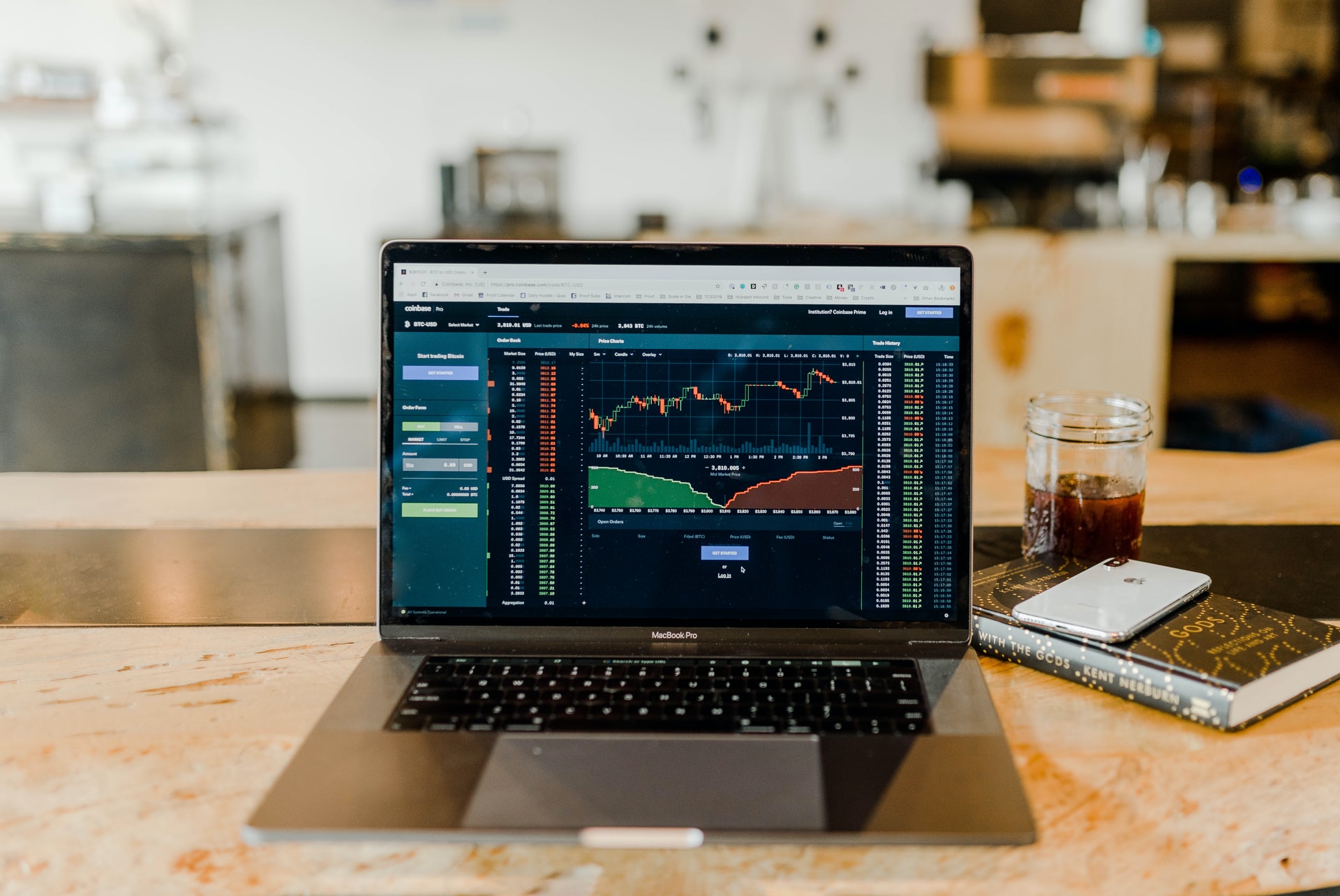Getting into a decision to be into investing and trading CFDs should never be done impulsively. As a matter of fact, you have to do several researches and background checks before finally contacting a broker and signing up for an account. For today’s post, we shall make your research easier by providing some useful terms which will help you understand Investing and trading instruments that are applicable to CFDs.
Difference of Investing and Trading
Investing is defined in the dictionary and other financial coaching sources as the act of allocating money with an anticipation of obtaining benefits in the future. Trading on the other hand is known as the act of buying, selling, or exchanging stocks, bonds, currency and derivatives such as CFDs. If we closely internalize both terms, we can see that investing and trading are relevant to each other. Investors and Traders share the same goal and that is to gain profit from their chosen instruments and platform. The only difference between them is the length of time to obtain profits, most traders are into short term profit earnings while investors are into long term profits.
Terms to Consider When Investing
When trading CFDs, it matters to remember its advantage in terms of flexibility and tradability to other instruments such as stocks. The moment you decide to diversify your portfolio and start investing on stocks, you have to be well versed and knowledgeable on the concepts of these terms on the list in order to devise an effective trading and investing plan.
Price To Earning Ratio
Price to Earning or simply P/E ratio is a term that is used to determine if the stocks are overvalued or undervalued by the company. Moreover, this ratio also gives you data on the amount that investors pay for each share.
Price To Book Value
Book value is simply the term that refers to the remaining amount of money once the company has liquidated the assets and paid its liabilities. The Price To Book Value (P/BV) is useful because it helps a trader and investor to determine a company’s inherent value. It is also useful when providing a value for companies with liquid assets such as banks and financial institutions.
Debt To Equity Ratio
The correlation of debt and equity in a company will help a businessman determine how much a company is leveraged. When the ratio is low, it shows that the company has a lot of scope for expansion because of increased options for fund-raising. On the contrary if the company has a high debt to equity ratio, A high debt-to-equity ratio may indicate unusual leverage and, hence, higher risk of credit default, it could be assumed that the company has invested in many high-NPV projects.
Conclusion:
Since both investors and traders obviously aim for income, it is therefore advisable to have a background information on the prospective companies where they wish to spend their money. One way to do it is to look into the company in terms of the listed terms that we have mentioned in this article.






